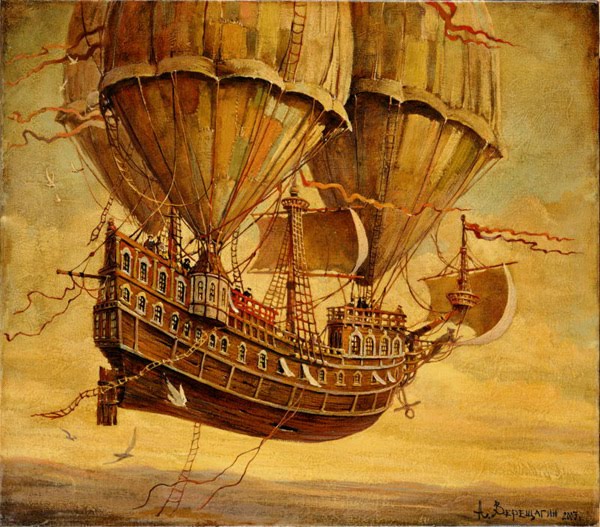
This is my cat. Her name is Keena.
Many animal species form symbiotic relationships with other animals.
There is a blind shrimp that follows around a particular type of sand gobi. They forage for food together. The shrimp, having nimble legs for acquiring edible debris, collects food for itself and the gobi. The gobi in turn guides the sightless crustacean to profitable locations of food and alerts its friend when predators are near by wagging its tail fin urgently. The shrimp feels this because of the antenna which it keeps in contact with the fish at all times. When it has gathered as much food as it can carry, the two swim back to the gobi's burrow and consume their spoils.
Egyptian plovers are famously known for walking on the teeth of the Nile crocodile, picking out bits of meat from between the gums of the huge animal's open mouth. This has the mutually beneficial affect of dentistry for the croc and food for the bird.
The honeyguide bird often leads the honey badger to the location of bee's hives, allowing the badger to break open the nest and both animals to enjoy the honey and grubs of the hapless bees, who's stings the badger easily shrugs off.
Another fine example of symbiosis is the humble clown fish and sea anemone. The clown fish eats harmful parasites, and is protected from its sting by a thick layer of mucus, a trait that its many potential predators do not share.
The action of keeping a pet is one of symbiosis, particularly in the case of working animals such as sheep dogs or trained vermin-killing cats.
Though in the case of my cat the only thing I receive in return for the board and lodging we provide for her is a bite on the ankle in the dark when I get up to drink a glass of milk at two o'clock in the morning. But the points still stands.

No comments:
Post a Comment